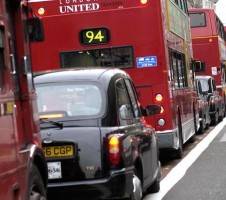March 17, 2015
Budget to focus on flexible working, broadband and regional economy
 According to reports in today’s Times, two of the key commitments in this week’s budget announcement will be a commitment to the development of the UK’s technological infrastructure as well as more details on plans for the UK’s regional economies. What is telling about both is they signal an overdue recognition that the vast majority of the UK’s inhabitants don’t live in London and even those that do find it increasingly unaffordable and unattractive. Accordingly, the first communities to be targeted for superfast and ultrafast broadband will be those in the remotest parts of the country, which until now have been those most at risk of being in the slow lane of technological developments. The Times reports that until now about 1.5 million homes were due to miss out on a pledge to give 95 per cent of people access to fast internet by 2017.
According to reports in today’s Times, two of the key commitments in this week’s budget announcement will be a commitment to the development of the UK’s technological infrastructure as well as more details on plans for the UK’s regional economies. What is telling about both is they signal an overdue recognition that the vast majority of the UK’s inhabitants don’t live in London and even those that do find it increasingly unaffordable and unattractive. Accordingly, the first communities to be targeted for superfast and ultrafast broadband will be those in the remotest parts of the country, which until now have been those most at risk of being in the slow lane of technological developments. The Times reports that until now about 1.5 million homes were due to miss out on a pledge to give 95 per cent of people access to fast internet by 2017.




























